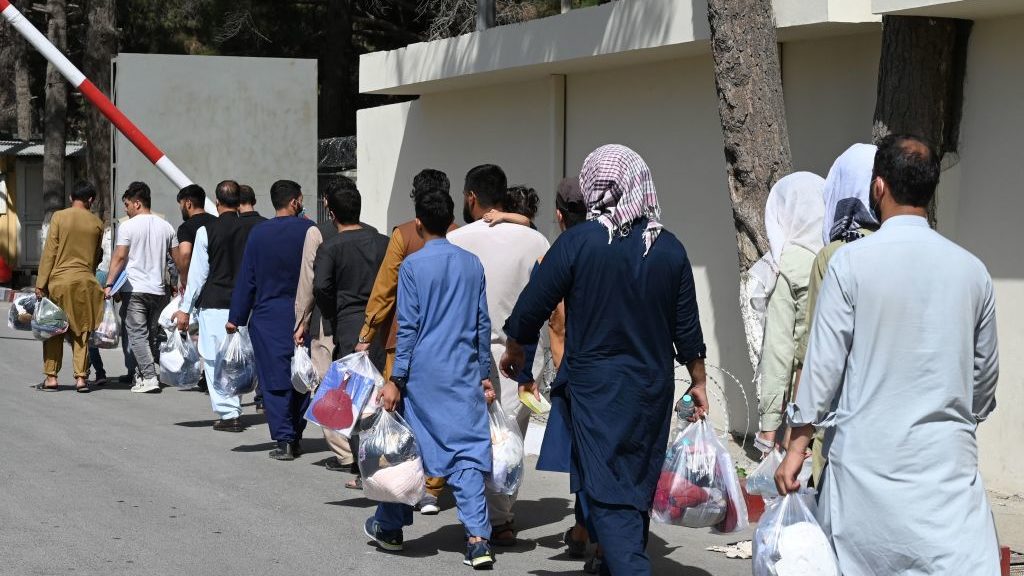America and Afghanistan: 2 Different Options on the Table
Al-Ittihad, UAE, September 9
The United States’ troubles in Afghanistan didn’t end with its withdrawal a few weeks ago. Despite the fact that the US military conducted an impressive evacuation operation (perhaps one of the largest ever conducted in such a short time frame), the strategic consequences of the withdrawal from Afghanistan haven’t changed. Simply put, the Americans left Afghanistan, but they cannot abandon their role in Central and East Asia. That’s why President Biden’s main concern these days is determining the policy his administration will follow regarding the new situation in Kabul, and how to manage America’s relations with the new Taliban regime. The direction in which this policy is headed is still unclear. The official US discourse revolves around waiting to see whether the Taliban keeps its word and adheres to its commitment to battle al-Qaida. The US is also keeping a close tab on the way in which the new Taliban government will treat women and citizens wishing to leave Afghanistan, while avoiding retaliation against people who worked with the US and its allies in recent years. However, the limited information available so far about the debate within Biden’s national security team suggests that there are two approaches, each taking a different path. The first approach revolves around containing the Taliban through a combination of sticks and carrots. The second, and more hawkish, approach states that the US must prepare for a full-fledged confrontation with the Taliban, for which the US must prepare. This discrepancy in approaches isn’t surprising given the confusion that has been evident in Afghanistan since the beginning of the American withdrawal and the arrival of Taliban forces to Kabul faster than the Americans had expected. And each of these options has clear advantages and drawbacks. The option of confrontation may force Washington to get involved in Afghanistan in another way, which is counterproductive to Biden’s goal of redirecting America’s focus to other theaters. As for the containment option, it requires Washington to be patient, and it also forces it to disregard some of the conditions it has set for establishing positive relations with the Taliban government, as previously mentioned, because the new government’s commitment to all of them is uncertain. Therefore, it seems difficult at this point to conclude which of the two options the Biden administration will pursue. It also means that several tactical decisions have been postponed in order to keep all options on the table. For example, the US still has the Taliban on the list of terrorist organizations, allowing it to freeze the assets of Taliban leaders held in foreign banks. Meanwhile, the Taliban government desperately needs these funds to ensure its survival. Perhaps experimenting with temporary measures will provide an opportunity to formulate a more nuanced US policy that combines some aspects of each of the above two approaches, with the hope that both sides will find a middle ground that suits their long-term goals. – Waheed Abd Al-Majeed (translated by Asaf Zilberfarb)

